在Python中获取网页内容,有多种方法可以选择,每种方法都有其适用场景和优缺点。以下是几种常用的方法,按靠谱程度(综合考虑易用性、稳定性和功能全面性)进行排序:
![图片[1]_探索Python:可靠获取网页数据的方法_知途无界](https://zhituwujie.com/wp-content/uploads/2025/02/d2b5ca33bd20250223112154.png)
1. 使用 requests 库
requests 是一个简单易用的HTTP库,非常适合发送HTTP请求并获取网页内容。
优点:
- 安装简单,功能强大。
- 支持各种HTTP方法(GET, POST, PUT, DELETE等)。
- 可以处理Cookies、会话、重定向等。
缺点:
- 需要手动处理网页解析,需要结合其他库如BeautifulSoup或lxml。
示例代码:
import urllib.request
url = 'https://example.com'
try:
with urllib.request.urlopen(url) as response:
html = response.read().decode('utf-8')
print(html)
except urllib.error.URLError as e:
print(f'Failed to retrieve content: {e.reason}')2. 使用 urllib 库
urllib 是Python标准库的一部分,用于处理URL和进行HTTP请求。
优点:
- 不需要额外安装。
- 支持基本的HTTP请求。
缺点:
- API相对繁琐,不如requests简洁。
- 功能有限,处理复杂请求时不如requests方便。
示例代码:
python复制代码import urllib.request url = 'https://example.com'try: with urllib.request.urlopen(url) as response: html = response.read().decode('utf-8') print(html)except urllib.error.URLError as e: print(f'Failed to retrieve content: {e.reason}')3. 使用 Selenium 库
Selenium 是一个用于自动化Web浏览器操作的工具,非常适合处理需要JavaScript渲染的网页。
优点:
- 可以处理动态内容(通过浏览器渲染)。
- 支持多种浏览器(Chrome, Firefox, Safari等)。
缺点:
- 安装和配置相对复杂。
- 运行速度较慢,因为需要启动浏览器。
示例代码:
from selenium import webdriver
# 需要先安装ChromeDriver并配置系统路径
driver = webdriver.Chrome()
driver.get('https://example.com')
content = driver.page_source
print(content)
driver.quit()4. 使用 aiohttp 库
aiohttp 是一个异步HTTP客户端,适合处理大量并发请求。
优点:
- 异步IO,提高处理大量请求的效率。
- 支持客户端和服务器功能。
缺点:
- 代码相对复杂,需要熟悉异步编程。
示例代码:
import aiohttp
import asyncio
async def fetch(session, url):
async with session.get(url) as response:
return await response.text()
async def main():
url = 'https://example.com'
async with aiohttp.ClientSession() as session:
html = await fetch(session, url)
print(html)
asyncio.run(main())5. 使用 Scrapy 框架
Scrapy 是一个强大的Web爬虫框架,适合构建复杂的爬虫项目。
优点:
- 功能全面,支持中间件、管道、选择器等。
- 适合大规模爬虫项目。
缺点:
- 学习曲线较陡。
- 配置和启动相对复杂。
示例代码(简化):
import scrapy
class MySpider(scrapy.Spider):
name = 'example'
start_urls = ['https://example.com']
def parse(self, response):
yield {'content': response.text}
# 运行命令:scrapy crawl example总结
- 对于简单、静态网页,
requests是首选。 - 对于需要处理动态内容的网页,
Selenium是不错的选择。 - 对于需要并发请求的场景,
aiohttp是一个好工具。 - 对于大型爬虫项目,
Scrapy提供了全面的解决方案。
根据你的具体需求选择合适的工具,可以有效地提高开发效率和代码质量。
© 版权声明
文中内容均来源于公开资料,受限于信息的时效性和复杂性,可能存在误差或遗漏。我们已尽力确保内容的准确性,但对于因信息变更或错误导致的任何后果,本站不承担任何责任。如需引用本文内容,请注明出处并尊重原作者的版权。
THE END






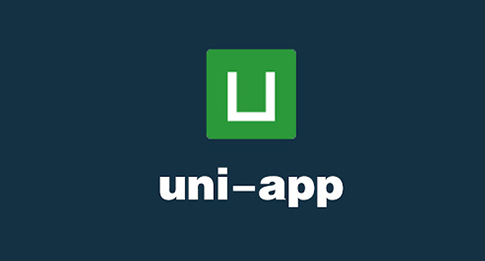



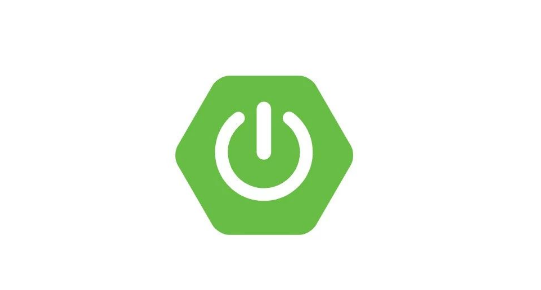





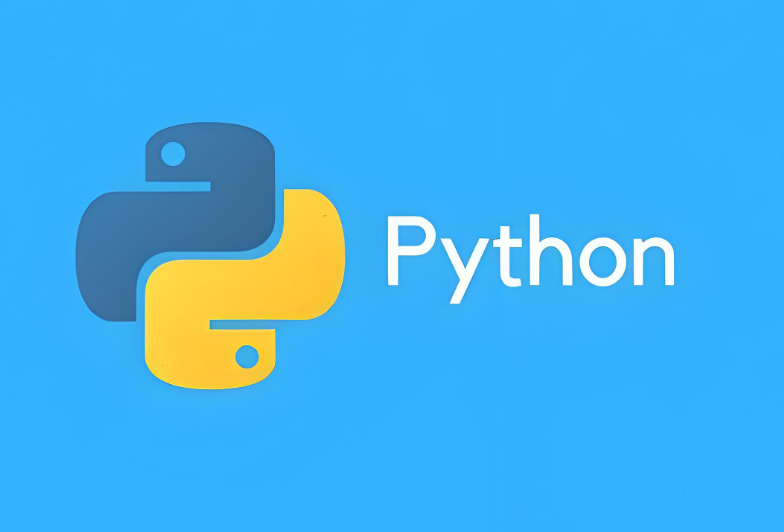

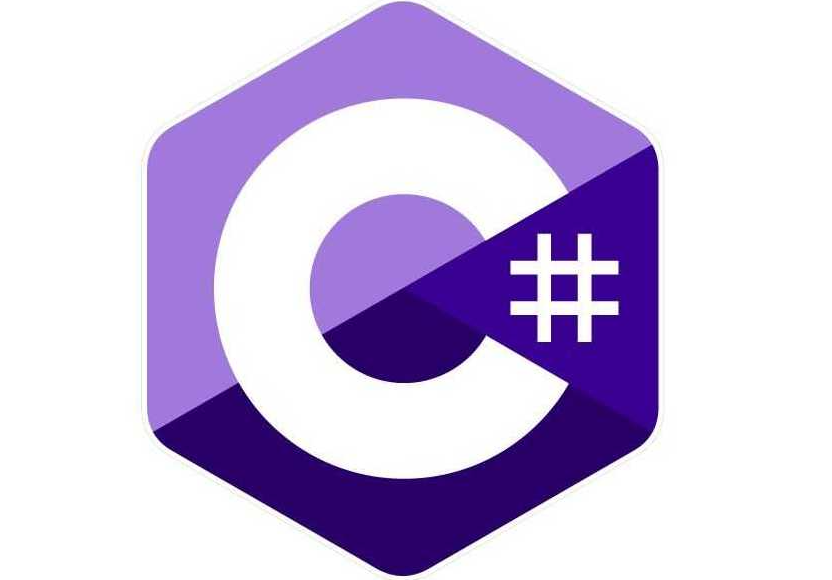

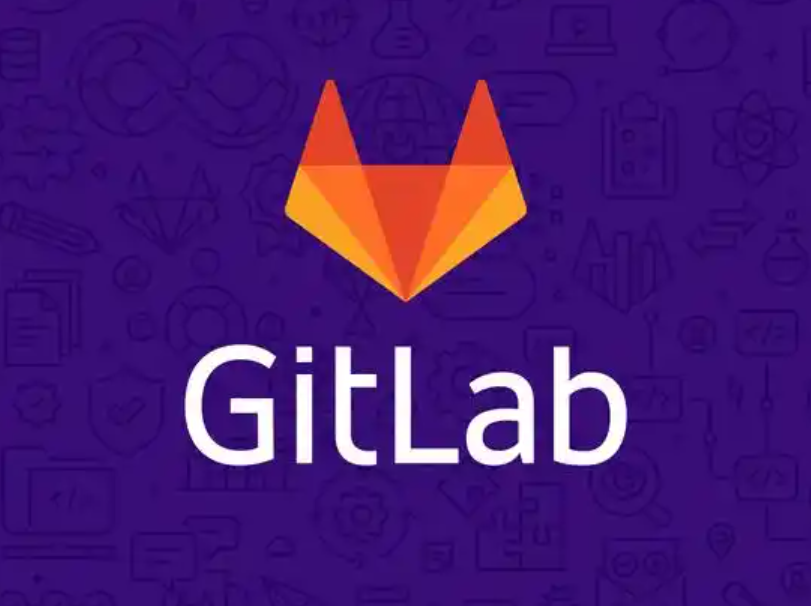


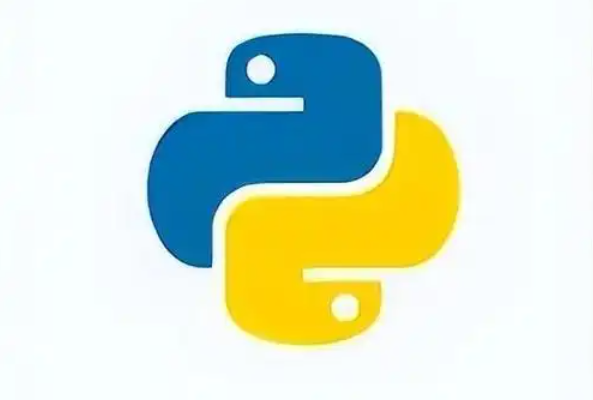

暂无评论内容